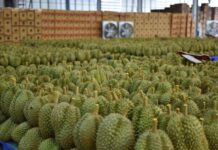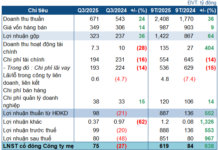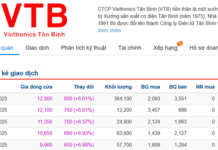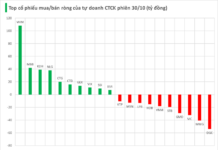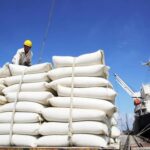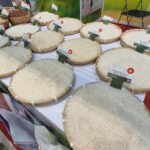Thai rice exporters warn that local rice varieties are at risk of extinction as farmers increasingly cultivate Vietnamese rice strains.
According to a Bangkok Post report on August 13, Charoen Laothamatas, Chairman of the Thai Rice Exporters Association (TREA), stated that Thailand’s rice industry is in a state of alarm. The production of renowned varieties such as Pathum Thani and KB 79 has significantly declined. Farmers are shifting to Vietnam’s Jasmine 85 rice, known locally as Khao Hom Phuang, due to its higher yield, shorter growth cycle, and better marketability.
“Approximately 80% of the packaged rice sold in Thailand today is produced from Jasmine 85, which originates from Vietnam. Meanwhile, the aromatic Pathum Thani rice has nearly disappeared from store shelves,” Charoen noted.
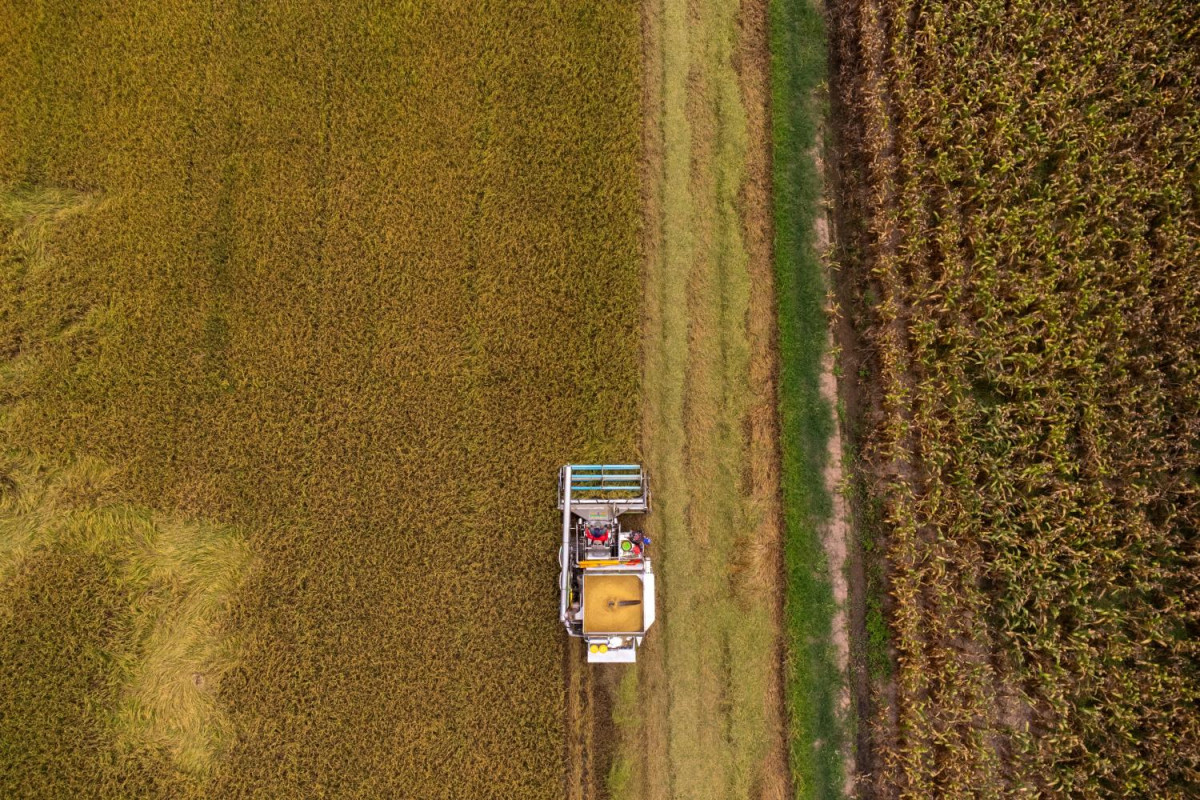
Farmers harvesting rice in a field in Thailand (Photo: Reuters)
Jasmine 85 yields between 1,200–1,500 kg per rai (0.16 hectares), significantly higher than Pathum Thani’s 800–900 kg per rai. Jasmine 85 can be harvested in just 90–100 days and can be grown year-round, whereas local Thai rice takes up to four months to mature and can only be planted once a year.
The U.S. Department of Agriculture (USDA) reports that in 2023, Thailand’s rice production accounted for nearly 4% of global output, ranking behind China, India, Bangladesh, Indonesia, and Vietnam. By 2025, Vietnam is projected to surpass Thailand as the world’s second-largest rice exporter, trailing only India.
Pramote Charoensilp, Chairman of the Thai Farmers Association, revealed that Jasmine 85 cultivation in Thailand has reached 160,000 hectares in the planting season starting April. He cautioned farmers against over-reliance on this Vietnamese variety, as it is not officially registered with Thailand’s Rice Department, posing potential legal risks and weakening local strains.
However, Thai farmers continue to favor Jasmine 85 due to its higher profitability and domestic market demand, with prices often exceeding those of local rice.
In 2019, Thailand’s Rice Department proposed that the Ministry of Commerce intervene by lowering the purchase price of Jasmine 85 to curb its expansion. However, millers opposed this, deeming it an unreasonable market intervention.
Suthep Khongmak, Chairman of the Thai Rice Farmers Association, emphasized, “If the government wants farmers to stop growing Jasmine 85, it must develop a variety with equivalent yield and disease resistance, rather than merely appealing to them.”
According to the Vietnam Food Association (VFA), Jasmine 85 was introduced to Vietnam from the International Rice Research Institute (IRRI, Philippines) in 1992 and successfully adapted by the Mekong Delta Rice Research Institute.
This variety has a short growth cycle (93–100 days), low grain breakage, high and stable yields, and is suitable for both the Winter-Spring and Summer-Autumn crops. Jasmine 85 is widely cultivated in An Giang and Dong Thap, major rice-producing regions in Vietnam.
From an imported variety adapted to Vietnamese conditions, Jasmine 85 has not only enhanced Vietnam’s rice export value but also become a phenomenon in Thailand, a neighboring country renowned for its fragrant rice.
(Source: Bangkok Post)
Vietnam Rice Prices Hit Eight-Month High
According to the Vietnam Food Association, 5% broken rice was offered at a price of $455-$460 per ton on August 28th, the highest it has been since the beginning of this year.


